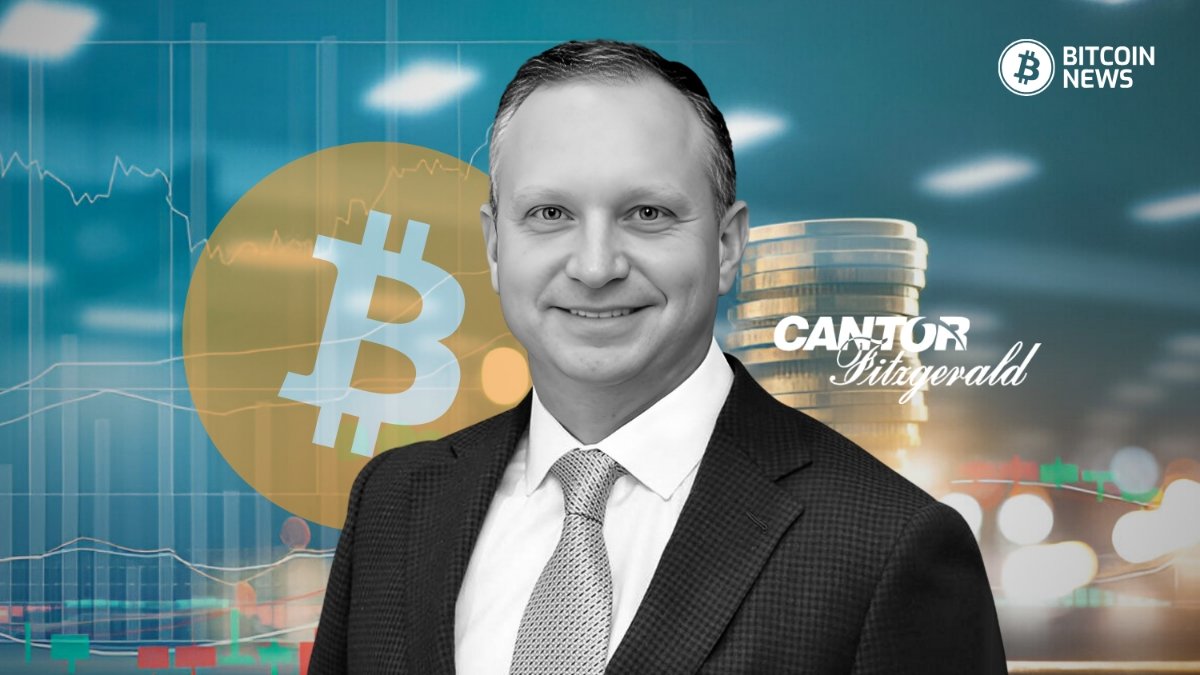Circles v2 Launched: A Decentralized Money System Challenging Centralized Identity
A new version of the social, trust-based crypto project aims to build a more equitable alternative to Worldcoin, emphasizing user-centric issuance and community governance.
October 27, 2023
Reasserting Community-First Crypto Ideals
Today’s launch of Circles v2 represents a reaffirmation of crypto’s community-first ideals. Originally debuted in 2020 as an experiment in universal basic access to currency, Circles returns with a refined product, strengthened economic model, and a renewed mission: to construct a fairer alternative to centralized identity-driven distribution systems like Worldcoin, as originally detailed in the 0xResearch newsletter.
Egalitarian Currency by Design
Core to Circles is its vision of an egalitarian money system published by the 0xResearch team, hailing from the Gnosis Chain ecosystem. Every active participant mints the same number of Circles tokens (CRC) each hour. This contrasts sharply with Bitcoin, where early advantages are irreversible, and Worldcoin’s model which allocates tokens disproportionately.
After co-founder Martin Köppelmann highlighted that getting the concept live was a ten-year journey, referencing its radical challenge to money’s fundamentals: “Circles is a quite big and radical idea… it tries to question how does money work and can we create a better version of money?” advocates emphasize balance achieved through design.
The Four Cornerstones of Circles
- Universal Access: Entry requires trust from three existing users—no biometric barriers or privileged entry.
- Distributed Issuance: All users mint one CRC per hour, ensuring a continuous, equal money supply without rewarding early adopters.
- Demurrage: A 7% annual decay on balances incentivizes spending and responsibly encourages against hoarding.
- Rule of Trust: Transactions are restricted to trusted network links, fostering social curation and resistance to Sybil attacks.
Addressing Key Challenges: Usability and Liquidity
v2 directly targets two major historical shortcomings: usability and liquidity. A revamped Metri wallet, leveraging Safe technology for improved security, provides a mobile-first, modern interface reminiscent of traditional platforms like Venmo or Revolut.
Enhanced functionality includes optional stablecoin backing via decentralized AMMs and the ability for groups to issue sub-currencies backed by pooled CRC. These network improvements aim to bridge the gap between social interaction and functional currency.
Organic Growth vs. Centralized Models
Whereas Worldcoin relies on iris scans and central registry, Circles fosters organic group formation. New users bootstrap by receiving trust from others, aided by the existing v1 network. Groups now feature localized collaboration and sub-currency capabilities, replicating experiments like past local currency pilots.
Köppelmann champions Circles’ lack of central control: “In Circles, there is no owner of the protocol, no team or investors getting a significant cut – that does not exist.” This decentralized ownership structure is presented as a key advantage.
An Uphill Climb
Despite its promise, Circles faces significant challenges in bootstrapping wider liquidity and scaling trust networks. The approach poses a broader question for the crypto ecosystem: What if the future of currency wasn’t defined by scarcity and speculation, but by widespread participation and abundance, acknowledging the ongoing debate Worldcoin sparked about digital identity.












